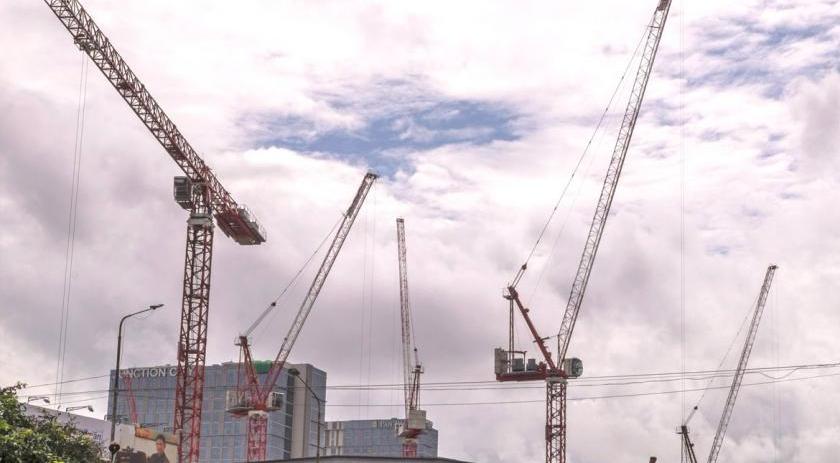
Parliament has approved the new National Plan law for fiscal 2019-20, which will be effective from October 1, 2019 to September 30, 2020.
The National Plan is expected to help Myanmar’s GDP grow by 7 percent to K95.4 billion during the period compared to 6.8pc in fiscal 2018-19.
Contributing to economic growth is the financial sector, which is estimated to grow by 11.3pc, and the industrial sector, which should expand by 9.9pc in the coming fiscal year. The services industry, together with telecommunications, construction, forestry, construction, electricity and trade are also expected to grow between 7pc and 13pc over the period.
While still showing overall expansion, growth in the livestock and agriculture, power generation and mining sectors are forecast to take a backseat, according to the National Plan.
The government is expecting the private sector to contribute more than 70pc of total investments during the year. Meanwhile, the trade deficit is estimated to reach US$2 billion, with imports worth $17.5 billion outnumbering exports. Per capita GDP, which measures the country’s economic output after accounting for its total population, is forecast to rise by around 12pc to K2.2 million.
During the last National Planning Commission meeting in June, the President U Win Myint said the National Plan for this fiscal year would be linked with the Myanmar Sustainable Development Plan and includes practical programmes that are immediately beneficial to the public.
Meanwhile micro, small and medium enterprises are expected to benefit under the National Plan, which aims to improve basic infrastructure, attract more foreign investments, provide access to capital loans, reduce investment restrictions and push through coordination in private sector development, the President added.
Other improvements to look forward to include more power generation capacity and less power outages for the summer of 2020, better transportation networks and rural road upgrades to support travel and cargo logistics, more development in the agriculture and hotels and tourism sectors and more modern financial infrastructure. All that is expected to contribute towards the GDP growth target of 7pc, President U Win Myint said.
In comparison, the World Bank projects that growth in should accelerate to just 6.7pc by 2020-21 from 6.5pc in 2018-19. Growth will be supported by building reform momentum, planned large infrastructure projects and investment in sectors undergoing liberalisation, it said.












